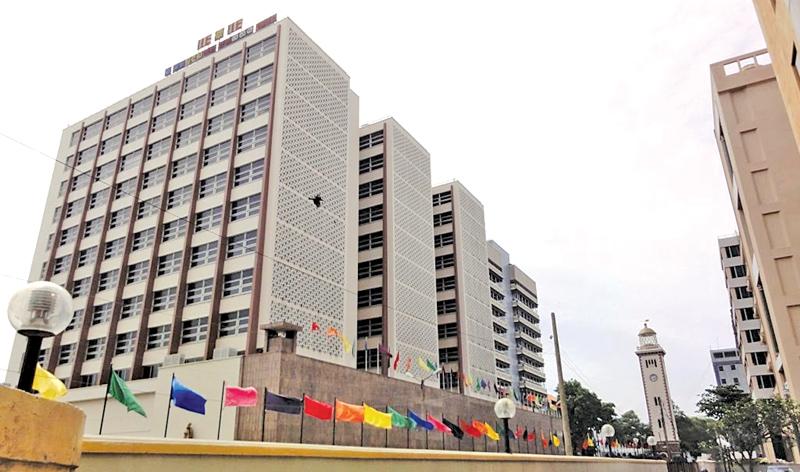
The Central Bank of Sri Lanka is hopeful of accumulating US$ 9.5 billion to US$ 10 billion of foreign exchange reserves by the end of this year in a move that will be crucial in preparation of meeting the bunching up of large foreign external debt obligations from 2019 to 2022.
Delivering a keynote speech at the ‘Global currency outlook for 2018’ with HSBC on Thursday (25), Governor of the Central Bank of Sri Lanka, Dr. Indrajit Coomaraswamy explained the various initiatives being taken to achieve the target.
“In the last 8-9 months of 2017, we were purchasing on average about US$200 million a month from the market which has given us about US$1.8bn worth of non-debt creating reserves coming in. On the other hand, Sri Lanka is planning to issue an international Sovereign Bond within the next few weeks where the government has given authority to raise up to US$ 2bn and there is authority to raise US$ 3b by way of SLDBs,” Dr. Coomaraswamy said. The governor pointed out that Sri Lanka has so far received about US $800mn for the Hambantota Port long lease, while the proceeds from the government’s plans to divest some assets such Hyatt and Hilton will also trickle in. “So with all these, we are confident we can get the reserves upto 9.5bn to US$10bn by year end,” he elaborated.
Amidst the expectations on when Central Bank will end the current tightening cycle and move towards a relaxed monetary policy stance to fuel growth, the governor, however, said the Monetary Board has decided to adopt a ‘data driven’ approach to determine monetary policy.
According to him, although Sri Lanka’s potential growth was about 5.75% in 2017, the economy grew by under 4.5% and confided that the Board is keeping a close watch on headline inflation numbers.
“Due to the fact that headline inflation is above the target we expect, the Monetary Board view is that we should be cautious about anchoring inflation expectations and ensuring there is no second round of demand side inflationary pressures particularly through wages. Therefore, the Monetary Board policy stance has remained unchanged,” he said. He said that adoption of a growth supportive monetary policy will be considered if inflation keeps trending down.
The event hosted by HSBC and held at the Shangri-La Colombo also featured HSBC’s Head of Emerging Markets and Asian FX Research Managing Director Paul Mackel as the guest speaker.
No big impact from fuel formula
The government’s planned introduction of a cost reflective mechanism for fuel by March 31 is not likely to result in a significant rise in fuel prices as US Shale oil is expected to keep the crude oil prices in check.
“The Central Bank has done an exercise on the introduction of the cost reflective mechanism of fuel and determined that if crude oil prices are in the range of US$60-65 per barrel range, there will be almost no impact,” Central Bank governor, Dr. Coomaraswamy said.
Explaining the rationale of his prediction, Dr. Coomaraswamy explained that the current formula computed under the present price assumes a crude oil price of US$ 62 per barrel.
“I don’t see a significant impact if the prices range within the US$ 60- US$65. And that in my view is a likely outcome though prices are now higher at the moment.
“But with the United States Shale oil production being the key swing factor in the oil market, hopefully we can keep fuel price in the US$ 60-65 range which means there will not be much impact,” the governor explained.
